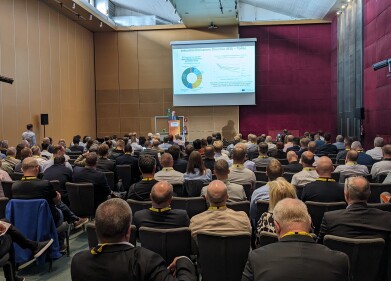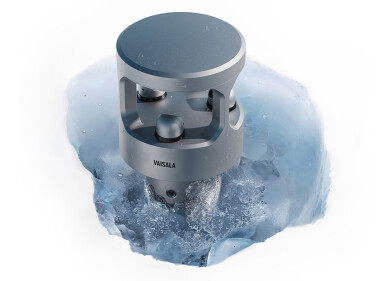Air monitoring
We all have a part to play in cleaning up the air we breathe
Mar 18 2022
Research released from the Clean Air Fund suggests the number of people with respiratory diseases would fall by 150,000 a year by 2030 if current and proposed government policies related to net zero and air pollution were implemented in full.
It comes after analysis from Asthma + Lung UK showed Britain has the worst death rate for lung conditions such as asthma in western Europe, with more than 100,000 people dying every year.
The 2018 National Emission Ceilings Regulations set legally binding emission reduction targets for 2030 on a number of harmful air pollutants.
But there have been warnings that the UK is set to miss these 2030 targets for four out of the five emissions - including reducing fine particulate matter.
The World Health Organisation (WHO) has recommended an interim limit of ten micrograms of fine particle pollution per cubic metre of air. The current UK legal limit is double that, but the Environment Act 2021 requires the government to announce tougher targets for fine particle pollution by October.
Ben Richardson, Chief Executive of SulNOx Group Plc, said more needed to be done more quickly to tackle the problem.
“The reports from Asthma + Lung UK and the Clean Air Fund illustrate both the scale of the problem of air pollution and the potential benefits of reducing its impact,” he said.
“Analysis shows that over seven years, half a million people have died from causes including asthma attacks, exacerbations of chronic obstructive pulmonary disease and pneumonia. Hospital admissions for lung conditions have doubled in England and Wales from 1,535 per 100,000 in 1999 to 3,143 per 100,000 in 2019.
“This is a public health crisis and needs a response from everyone.”
London-based SulNOx Group specialises in providing responsible solutions towards decarbonisation of liquid hydrocarbon fuels. Its fuel additives, which are also available for retail purchase, reduce the production of harmful emissions including particulate matter. They are made from natural, biodegradable ingredients, to emulsify water, increase lubricity and oxygen availability to the fuel – making it burn cleanly and more efficiently.
Mr Richardson said: “We are in talks with a number of organisations at both local and national level, about how we can help them reduce their environmental impact and their impact on air quality.
Digital Edition
AET 28.4 Oct/Nov 2024
November 2024
Gas Detection - Go from lagging to leading: why investment in gas detection makes sense Air Monitoring - Swirl and vortex meters will aid green hydrogen production - Beyond the Stack: Emi...
View all digital editions
Events
Jan 12 2025 Abu Dhabi, UAE
Jan 14 2025 Abu Dhabi, UAE
Jan 20 2025 San Diego, CA, USA
Carrefour des Gestions Locales de L'eau
Jan 22 2025 Rennes, France
Safety, Health & Wellbeing LIVE
Jan 22 2025 Manchester, UK



















